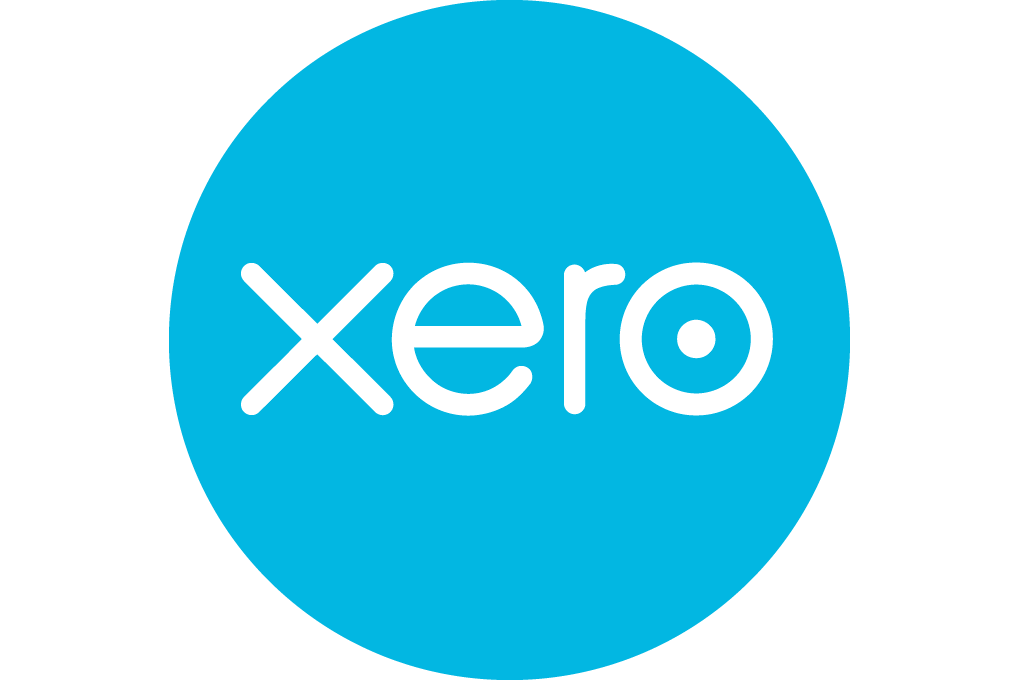Accounting 101: Learn The Basics Quickly
Do you run a small business? Or are you just interested in auditing you own personal finances?
Or perhaps you’re just confused by accounting jargon, financial statements, and balance sheets?
Then this post should help you get to grips with the basics of the accounting model.
A lot of our customers have very similar thoughts, along the lines of:
“How can I (or my business) make accounting simple?”
So here you go!
1. Basic Accounting: Don’t Be Scared
A lot of accounting tutors simplify the often complex nature of financial transactions and accounts into an easily digestible equation:
[well]What = Who[/well]
You should interpret this as meaning “what you possess”, often called assets, and “who is liable” or who has a claim on the assets/properties. You and other people can have claims to an asset, and these claims are often call equities.
As with all things in accounting, this is often easier with an example (we’ll keep it simple):
[well]Say, you get a mortgage on a house (the asset), you don’t own the whole of the house, you only have some claim. You still owe money to the bank/mortgage lender, who also have a claim. They have effectively given you most of the money to “buy” a property, so technically they own more of it than you do = greater claim. And as you pay it off, you have more claim on the house and they have less. Your equity goes up and liabilities (in this case, what you still owe) goes down.[/well]
Things can get much more complicated but this will suffice for the moment.
It’s a bit easier to see then how this simple equation becomes the formal equation that sounds a little scary to newcomers:
[well]Assets = Liabilites + Owner’s Equity[/well]
In the above example of the house, this might look like:
[well]£200,000 = £180,000 + £20,000[/well]
You buy a house worth £200,000 and you owe the bank £180,000 after paying a 10% deposit of £20,000 (your equity). This isn’t taking into account interest on the borrowed money but you get the picture!
2. Financial Accounting Basics: Debits, Credits and Balances
You can think of all business transactions in terms of credits and debits.
But the definitions are a bit intimidating:
- A debit is an accounting entry that either increases an asset or expense account, or decreases a liability or equity account. It is positioned to the left in an accounting entry.
- A credit is an accounting entry that either increases a liability or equity account, or decreases an asset or expense account. It is positioned to the right in an accounting entry.
This seems counter-intuitive because we are used to seeing credits increase the balance of an account and debits to decrease it when we use our bank accounts.
The reversal comes around because of the underlying formula above:
[well]Assets = Liabilites + Owner’s Equity[/well]
You can only have assets if you have already increased your liabilities. Let’s say, you have a mortgage on a house: in return you that you have an asset but you’ve increased your liability massively by borrowing money.
As Accounting Tools says: “Consequently, if you create a transaction with a debit and a credit, you are usually increasing an asset while also increasing a liability or equity account (or vice versa).”
The general rules are as follows:
- Asset accounts. A debit increases the balance and a credit decreases the balance.
- Liability accounts. A debit decreases the balance and a credit increases the balance.
- Equity accounts. A debit decreases the balance and a credit increases the balance.
3. Basic Accounting Software: Excel to QuickBooks

Small business accounting software
You’ll need some good Microsoft Excel skills to cope with accounting tasks. They’re indispensable. For further reading, see our post about Excel Tips Accountants need to know.
But there is also some really good software out there.
QuickBooks, Sage and Xero are some of the most popular options on the market, though it really depends on the size of the accounts you’ll be dealing with.
iPhone apps are worth seeking out if you’re not going to be managing more than your personal accounts. Especially ones that allow you to keep track of business expenses easily. FreshBooks, Kashflow and Nutcache are some good options.
There are loads of great accounting courses on Udemy and YouTube and you can always consider doing an accounting course with the OU if you don’t want a full-time study option.




